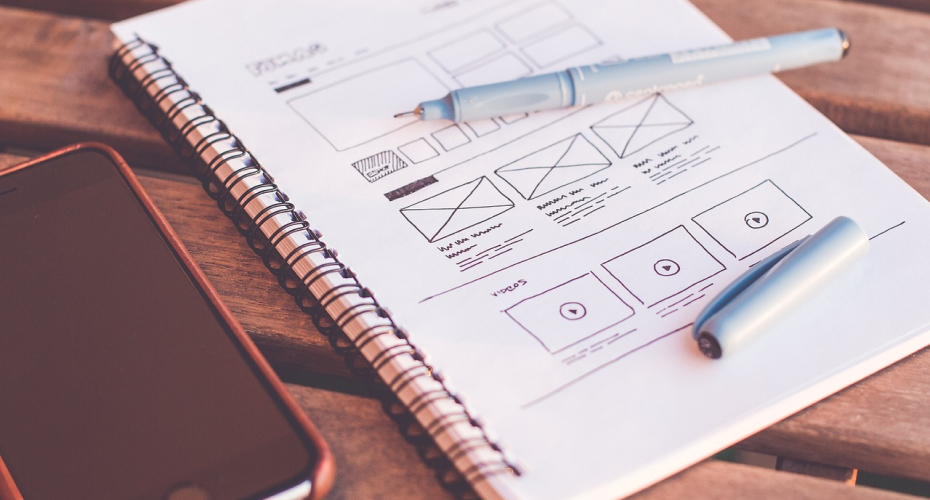In UX design, the terms “hidden” and “disabled” refer to different strategies for managing user interface elements. This article delves into the nuances between hidden and disabled UX approaches, examining their implications for user experience, accessibility, and overall interface effectiveness.
Users may find it quite confusing to hide or disable features. We also need really good arguments for both. Let’s examine the issues surrounding concealing and disabling in more detail, as well as some potential solutions that can improve user experience.
Focus on What’s Required, Clear the Rest
To let the user know a feature exists but isn’t available, generally speaking, disable it. If there is currently no use for the displayed value, hide it. However, since consumers anticipate that buttons and key filters will remain visible, never conceal them by default.
Disabled features, in contrast to hidden ones, might instruct users on how to use the user interface and, for example, recognize the advantages of updating. Consider deactivating the inaccessible buttons and options and letting the user “Hide all unavailable options” rather than eliminating them. Be sure to include information on both how to reactivate a feature and the reason it was disabled.
It is imperative to guarantee that any layout shifts do not occur when users are able to choose between displaying and hiding a feature.
We must carefully weigh the pros and disadvantages of each potential alternative, including read-only states, enabled buttons, better empty states, accordions that may be hidden or revealed, error warnings, and personalization, before concealing or disabling anything. Let’s clear the clutter and demonstrate what’s essential.
Also read: Artificial intelligence and the future of UI/UX
Roadmap: Hiding vs. Disabling
Asking yourself “Will a given user ever be able to interact with this element?” will help you decide whether concealing or disabling is the best solution for your use case. This is what Sam Salomon advises. The steps below will vary depending on your response.
| Disable |
Hide |
| Turn it off (like read-only mode or disabled buttons). |
Hide it by removing it from a toolbar and collapsing it into an accordion. |
| For brief prohibitions or incompatibility with some filters. |
For instance, because of security, safety, and permissions and access restrictions. |
| When a condition or value is pertinent but cannot be changed. |
Regarding unavailable functionalities: such as administrator buttons and overrides. |
| When an action (like “Export in progress”) isn’t yet accessible. |
By default, hide these controls; only show them when a certain need is satisfied. |

Key Takeaways
- Their discoverability suffers when key features are hidden.
- It’s annoying to disable features without a reason.
- However, users might not need or be able to access some features.
- Customers may be expecting a feature, but they won’t find it.
- We have to clear the clutter and demonstrate what is necessary.
- As you reveal and conceal features, avoid making abrupt layout changes.
- Don’t automatically remove buttons or options that aren’t available.
- Instead, turn them off and let it “Hide all unavailable options.”
- Permit users to conceal parts that have a high percentage of disabled functionality.
- Describe the reason behind a feature’s disablement and provide instructions for turning it back on.
In Design Systems, Hidden vs. Disabled
Useful real-world examples of how goods are designed for their concealed and disabled states can be found in the design systems below.
- Carbon (Disabled state)
- Carbon (read-only state)
- Oneness
- Vaadin
- SAP
- Motive
- Emplifi
Conclusion
Both hidden and disabled elements serve unique purposes in UX design. Hidden elements reduce complexity and focus user attention, while disabled elements signal potential actions and their availability. Striking the right balance between these two can lead to more intuitive and efficient user experiences.
Enhance your website’s usability with InCreativeWeb‘s professional UX design services. Reach out to us now!
Author
Jayesh Patel
Jayesh Patel is a Professional Web Developer & Designer and the Founder of InCreativeWeb.
As a highly Creative Web/Graphic/UI Designer - Front End / PHP / WordPress / Shopify Developer, with 14+ years of experience, he also provide complete solution from SEO to Digital Marketing. The passion he has for his work, his dedication, and ability to make quick, decisive decisions set him apart from the rest.
His first priority is to create a website with Complete SEO + Speed Up + WordPress Security Code of standards.